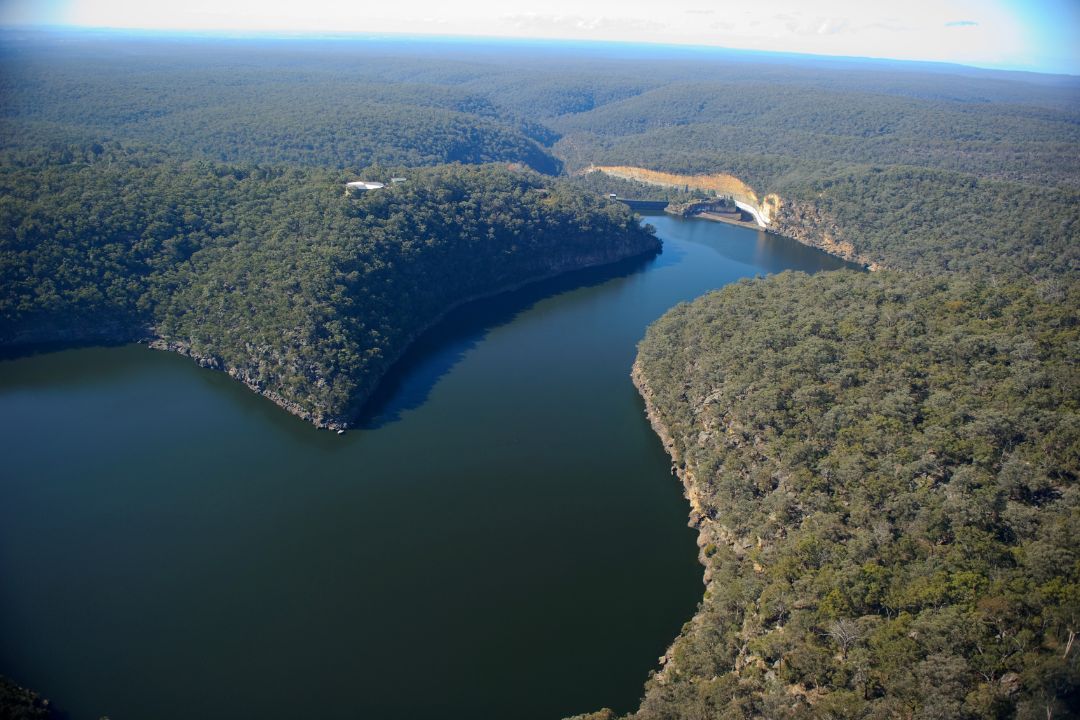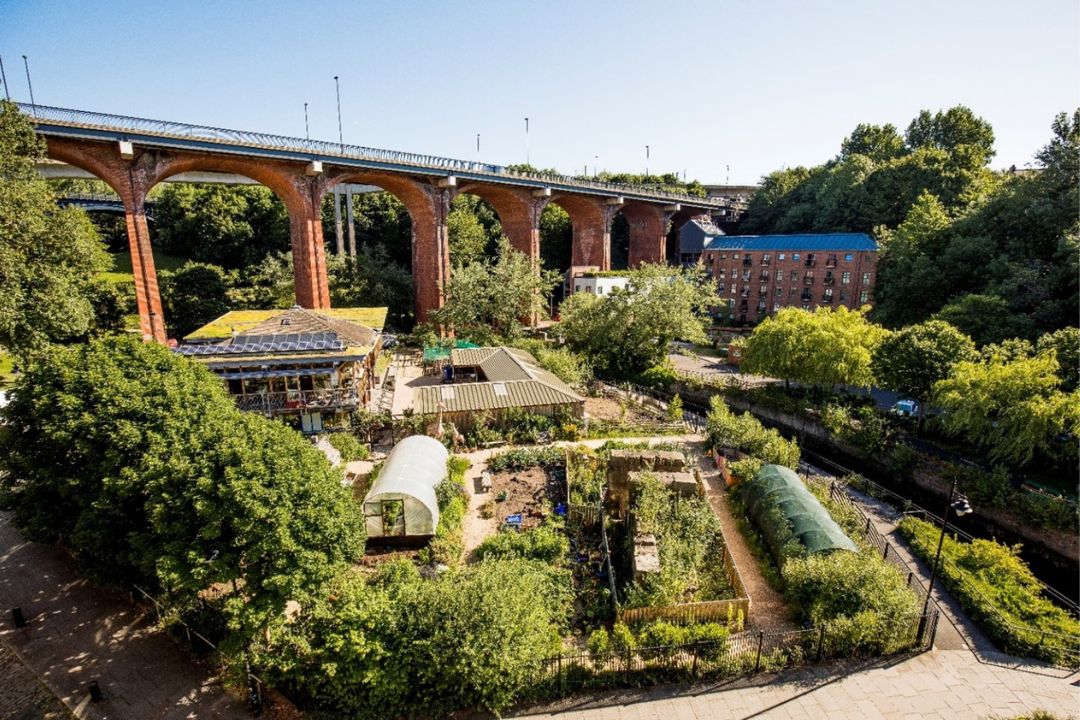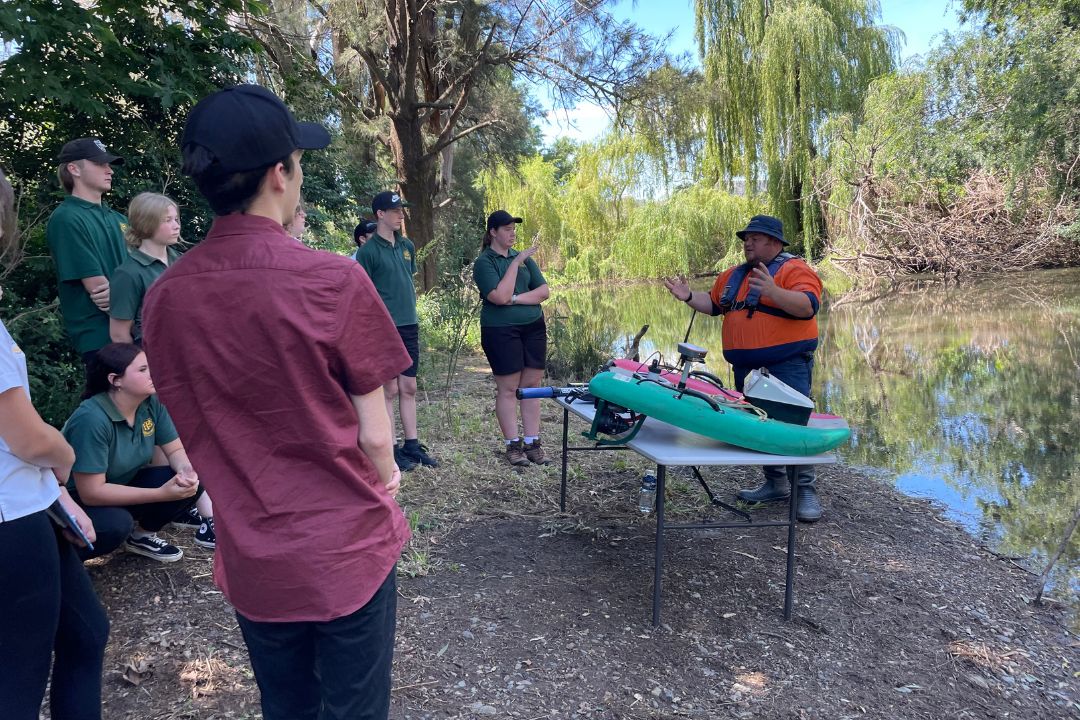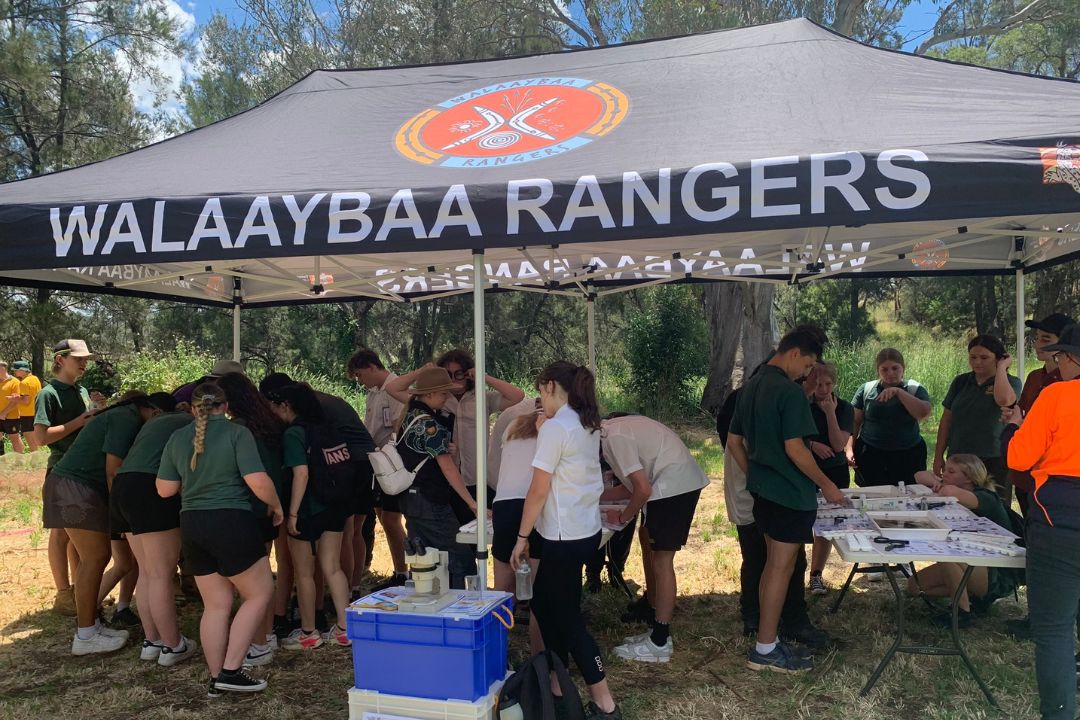Two projects shortlisted for NSW Water Awards 2025
WaterNSW has been shortlisted in two categories at the 2025 NSW Water Award, recognising outstanding achievements of innovation in the water sector.
- Catchment Futures - alternate scenarios for Greater Sydney’s drinking water catchments in 2040 and 2060 – is shortlisted in the Research and Development (R&D) Excellence category.
- Our Peel River re-snagging biodiversity offsets project (with First Nations communities in the Tamworth region) is shortlisted in the Organisational Excellence category.
“We are delighted some of our many important research projects have been recognised in this way,” WaterNSW Executive Manager, Strategy & Performance, Fiona Smith, said.
“Last year our ground-breaking research on the upland swamps won the R&D Excellence category at the NSW Water Awards, and we are hoping we can go back-to-back this year.”
Winners of the 2025 NSW Water Awards will be announced on 14 March in Sydney at the NSW Heads of Water Gala Dinner and Awards.




Published date: 15 January 2025
WaterNSW acknowledges the traditional custodians of the lands and waters on which we work and pay our respects to all elders past, present and emerging. Learn more
